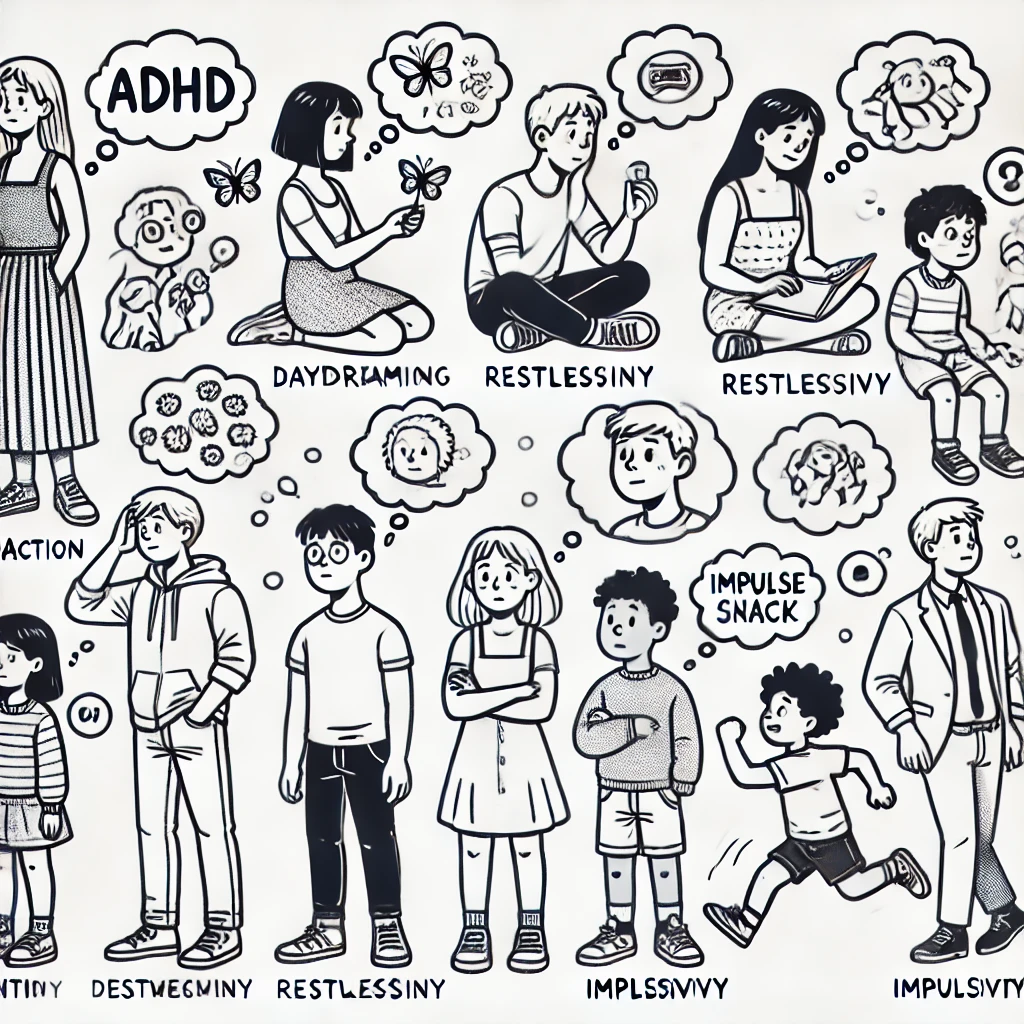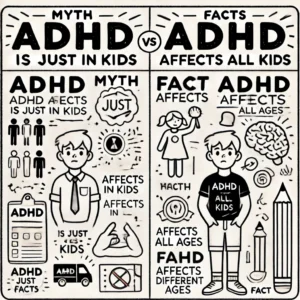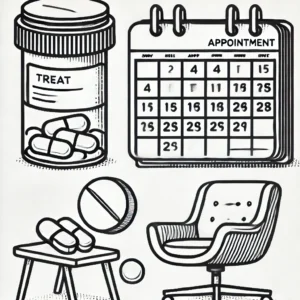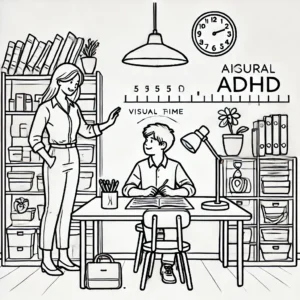Understanding ADHD: A Lifelong Condition
ADHD is characterized by a combination of behaviours that fall into three primary categories: inattention, hyperactivity, and impulsivity. These symptoms can manifest in different ways depending on the individual and their age, and ADHD is now understood to be a lifelong condition for many people.
For a diagnosis of ADHD, these symptoms must be severe enough to interfere with daily functioning and relationships. They are not simply occasional lapses or moments of high energy; rather, they reflect ongoing patterns that make it difficult for the person to function in school, work, or social settings.
Key Symptoms of ADHD
ADHD symptoms can be broadly grouped into three categories:
- Inattention
- Individuals with ADHD often find it challenging to focus on tasks, especially if those tasks require sustained mental effort or attention to detail.
- Common signs of inattention include:
- Making careless mistakes in schoolwork, work projects, or other activities.
- Difficulty sustaining attention during tasks, even if they are enjoyable.
- Frequently losing personal items, such as keys, mobile phones, or paperwork.
- Struggling to organize tasks and manage time effectively.
- In adults, inattention often translates into difficulty with planning, prioritizing, and following through with responsibilities.
- Hyperactivity
- Hyperactivity is often more visible in younger children who may display constant movement, restlessness, or an inability to sit still.
- Signs of hyperactivity include:
- Fidgeting, tapping hands or feet, or squirming in seats.
- Feeling restless or constantly needing to move, even when expected to stay seated.
- Talking excessively or interrupting conversations with unrelated thoughts or questions.
- In adults, hyperactivity can present as inner restlessness, feeling unable to relax, or a need to stay busy, sometimes resulting in impulsive decisions.
- Impulsivity
- Impulsivity in ADHD may result in making quick decisions without considering potential consequences.
- Common behaviours reflecting impulsivity include:
- Interrupting conversations or activities.
- Difficulty waiting for one’s turn in activities, games, or discussions.
- Making hasty decisions, often driven by the desire for immediate gratification.
- For adults, impulsivity can lead to challenges with self-control, resulting in actions that may be risky, like impulsive spending or speaking out of turn in professional or social situations.
ADHD Symptoms in Adults: A Unique Perspective
While children with ADHD may display hyperactive or impulsive behaviours, adults often experience the condition in ways that align with life demands. For example:
- Focus and Attention: Adults with ADHD may struggle with concentration at work, frequently finding it difficult to complete tasks that require focus.
- Organization and Time Management: Many adults with ADHD report issues with planning and meeting deadlines, which can affect job performance and household responsibilities.
- Relationship Struggles: Difficulties in listening and impulsively interrupting can lead to misunderstandings or frustration within personal relationships.
Different Presentations of ADHD: Inattentive, Hyperactive-Impulsive, and Combined Types
ADHD is typically diagnosed in one of three presentations:
- Predominantly Inattentive Presentation: Symptoms are primarily related to inattention, with less hyperactivity or impulsive behaviours.
- Predominantly Hyperactive-Impulsive Presentation: Symptoms focus on hyperactivity and impulsivity, with fewer inattentive symptoms.
- Combined Presentation: Individuals exhibit significant levels of both inattentive and hyperactive-impulsive symptoms.
Understanding the Causes and Diagnosis of ADHD
The exact cause of ADHD is not fully understood, but it is believed to involve a combination of genetic and environmental factors. Research indicates that ADHD may run in families, with genetic predispositions influencing brain structure and function in areas related to attention and impulse control.
Diagnosing ADHD typically involves a thorough evaluation by a healthcare professional, such as a psychiatrist or psychologist. In the UK, ADHD assessments may be conducted through NHS services or private clinics, depending on availability and wait times. The evaluation process often includes self-reported symptoms, input from family or friends, and may involve rating scales or tests to assess the individual’s experiences.
Treatment and Management of ADHD
Effective management of ADHD often requires a multi-faceted approach that can include medication, therapy, and lifestyle changes. In the UK, the NHS provides a range of ADHD treatments:
- Medication: Stimulants (such as methylphenidate) and non-stimulants are commonly prescribed to help manage ADHD symptoms by enhancing focus and reducing impulsive behaviours.
- Therapy: Cognitive-behaviours therapy (CBT) can be helpful in addressing behaviours and developing strategies for organization, time management, and self-regulation.
- Support Networks: Organizations like the ADHD Foundation offer resources, support groups, and information that can benefit individuals and families affected by ADHD.
Key Takeaways
ADHD is a complex condition that affects individuals differently, with unique challenges in children and adults. Its core symptoms— inattention, hyperactivity, and impulsivity— vary widely in intensity and impact daily life in distinctive ways. Recognizing these symptoms and seeking an accurate diagnosis can open the door to effective treatments and support systems. Resources such as the NHS and Mind UK can provide further guidance for those navigating ADHD and its effects.









